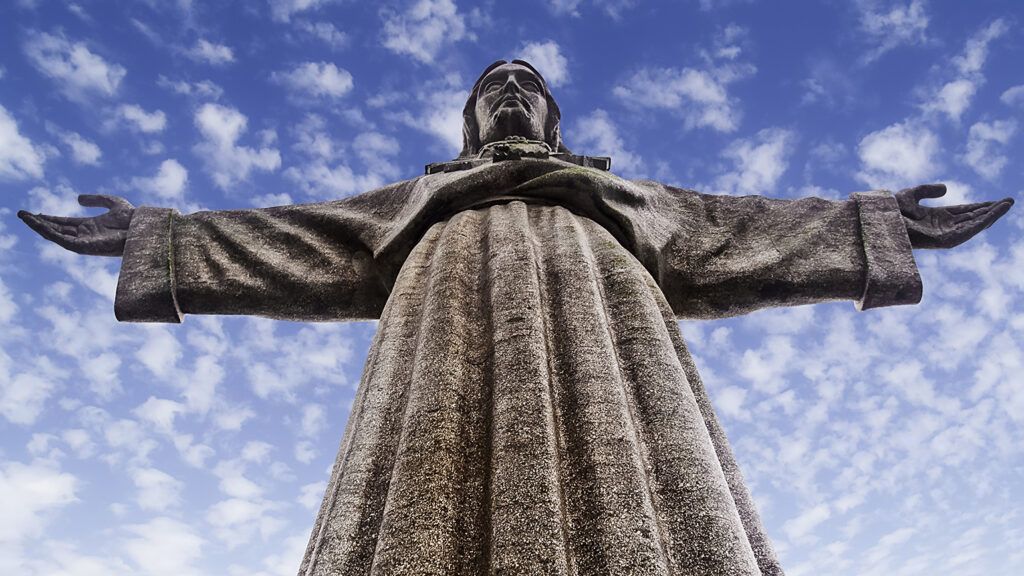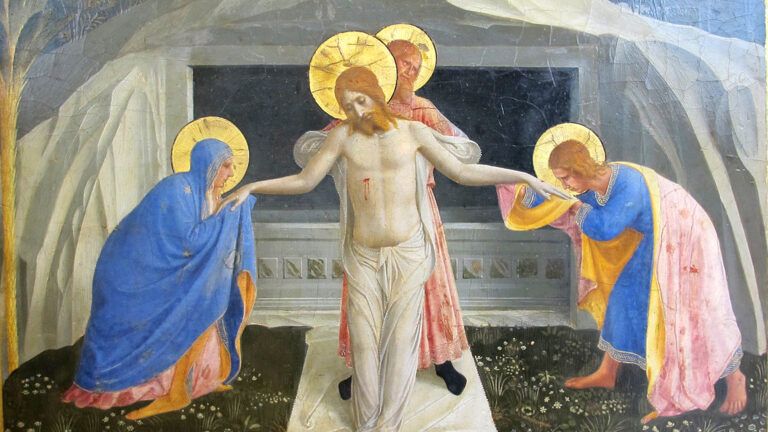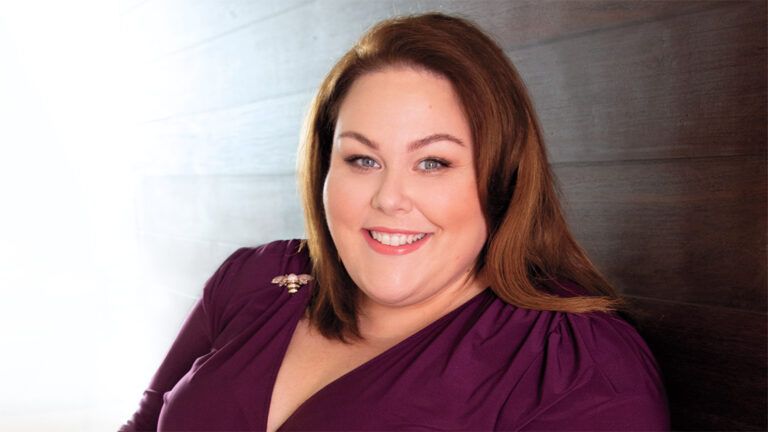I was trying to pray when it happened. Desperately.
Dark feelings I’d been holding back for days like some terrible tide, feelings of worthlessness and exhaustion, overcame me.
I forced myself to keep reading the Psalm I had in front of me, but all I really wanted to do was give up. Just close my eyes and never open them again. Anything to make this unnameable despair, this sadness beyond sadness I couldn’t seem to shake, go away.
I was kneeling in our walk-in closet, my prayer space, the one spot in the house where my kids, Katherine and David, wouldn’t see me acting weird and wonder what was wrong.
The kids were downstairs watching TV. My husband, Eric, was at work. If only he’d come home! And yet I didn’t want him to see me like this. Not again. He’d know I wasn’t coping. He’d spend yet another evening worried sick about me. He’d tell me we should go see a doctor. That was the last thing I wanted.
I knew what my problem was: clinical depression. I was a stay-at-home suburban mom with two wonderful kids and a devoted husband, trying to maintain a freelance writing career. A perfectly normal person to anyone passing by.
Inside, though, I was a complete disaster. I’d battled symptoms of depression all my life. I had been a fussy baby, an anxious child, a teenager with an eating disorder.
I saw a counselor in college and learned to get by. Then in my thirties, after the kids were born two years apart, I went into a tailspin. Episodes of postpartum blues deepened into full-blown depression, a looming darkness that threatened to swallow me whole.
I’d seen a psychiatrist, but all the medications he had prescribed only seemed to make me worse. That convinced me. My problem wasn’t finding the right doctor. My problem was finding the right amount of faith.
I had been raised in church and I believed with all my heart that God answered prayer.
It’s me, I thought. I must not be praying hard enough. Kneeling there in that closet I tried to dig deeper into my soul, tried to find a deserving faith.
The front door opened and closed. Eric was home. “Where’s Mom?” he asked.
“Upstairs,” the kids said.
I heard him mount the steps. “Therese?” he called. I tried to pull myself together. I wiped my eyes. Why was I always crying? My hands tightened around my Bible. Eric’s tall, reassuring form appeared at the closet door. “Therese, what are you doing?”
I looked at him helplessly. “I—I didn’t want the kids to see me like this.”
His face softened. “Therese, why didn’t you call me?”
“Because I knew you’d come home,” I said. “You have to work. I didn’t want you to worry.”
“But I am worried.” He knelt and put his arms around me. I leaned into him and our bodies shook together with my sobs. He stroked my hair. “You can’t go on like this,” he said. “We can’t. Let me call a doctor, Therese. Please.”
For a long time I didn’t say anything. I thought about the psychiatrist I’d seen. He’d spoken so confidently, but nothing he’d tried had worked. I slept even less. The roller coaster of my moods got even wilder. My freelance writing career ground to a halt. I stopped scheduling playdates for the kids.
Every day was like a mountain. I hated my feelings and I hated myself for feeling them. What was wrong with me? I had so many blessings. Why couldn’t I just be grateful and get over my depression? What right did I have to be so sad? It was thoughts like those that had convinced me to go off medication. Didn’t God heal? Wouldn’t he heal me if I asked hard enough? If I had enough faith?
Eric took my silence as a tentative yes. “Let me call someone at Johns Hopkins,” he said. A friend of ours had recently seen a doctor at the renowned medical school in Baltimore and told me that the care was excellent.
“The doctor you saw wasn’t right for you,” Eric went on. “Maybe someone else could help you. Therese, I’m really scared. Please. For me.”
For an instant I had a vision of what life could be without depression. Life like the first years of our marriage, full of simple joy. I saw us taking the kids to a pumpkin patch in the fall, sledding in winter, on rainy spring walks. How could a doctor or a pill give that back to me? How could anything? But I heard the desperation in Eric’s voice. “Okay,” I said. “I’ll go.”
The first appointment I could get was six weeks away. Somehow I got through those weeks, though each and every day I thought about how the world would be better off without me—and I without it.
The appointment arrived. Eric’s mom came over to watch the kids, and Eric and I got into the car for the 45-minute drive to Hopkins. I tried to relax, but I couldn’t stop my obsessive, suicidal thoughts. What was wrong with me?
The feelings didn’t fix on any one thing. I couldn’t understand where they came from. Mostly I felt like a tremendous burden to Eric and the kids. I woke up every morning crushed by sadness. You’re worthless, a voice inside me said over and over. Why hadn’t prayer shut that voice up? If only my faith were stronger than that voice!
We neared the Hopkins campus and I felt panic stir. I pictured white-coated doctors wheeling me away. “I’m sorry, Mr. Borchard,” they would tell Eric, “but your wife is beyond hope.”
The doctors wouldn’t understand. What did they know about me? About my prayers? My faith? I was a diagnosis to them, not a person. The whole thing felt wrong. Eric circled the campus of historic brick buildings, looking for the parking garage. Should I tell him to go back home?
Finally we found a place to park. I took deep breaths. In one last instant of spiritual desperation, I screamed out a prayer in my mind: Dear Lord, be here. Help me. Please. We got out of the car and walked through the campus. I stared up at the buildings, all red brick and slate gray roofs against a cloudy Baltimore sky.
“Hmm,” said Eric. “I don’t think this is the building we want.” He looked at a map of the campus. “It looks like we just have to cut through that building there.” He pointed to an imposing Victorian structure topped by a dome and spire. “Billings Administration Building,” a sign read. We opened the doors and entered the lobby.
I stood stock-still. For a moment I thought I was seeing things. I thought I really had lost my mind. But, no. There, right in the center of the lobby, towering over everything, bathed in light from a skylight far above, was a ten-and-a-half-foot-tall statue of Jesus. He stood with arms outstretched, seeming to look straight into my eyes with an expression of infinite compassion and understanding.
What was a statue of Jesus doing here? I wondered. I knew that Johns Hopkins had been founded by a Quaker in the nineteenth century, but—this was the last thing I had expected to see today at the cutting-edge medical center. Jesus?
On the pedestal beneath Jesus’ feet was an inscription: “Come unto me all ye that are weary and heavy laden and I will give you rest.” Around the statue strode doctors in white coats talking in low voices. Patients walked past, nurses, orderlies, visitors.
I read the words again. I will give you rest. I looked around. Here? I wondered. Here, Lord?
Even as I asked, I knew the answer. Yes, it was exactly here that God would give me rest. Not through some sudden miraculous change in my emotional state. Not because my prayers were finally good enough. God would heal me as he had healed countless others, through the hands and talents of good doctors and nurses.
He could even work through medication if he chose. There were no barriers to Christ’s love. He was in charge of my healing. I could let go. I could let him work. Finally I could stop fighting. I could trust. Who more than Jesus understood the nature of suffering?
“Therese, are you okay?” Eric was right beside me. I turned to look at him.
“Yes,” I said. “I’m ready. Let’s go.”
We found our way to the psychiatric building, and there I was seen by a doctor named Milena who asked smart, gentle, caring questions. She then told me that the depression was not my fault, not a personal or spiritual shortcoming. Severe depression is a medical condition like many others, she said, biological in origin. It can and should be treated as an illness.
“You can get better, Ms. Borchard,” she said.
Eventually I was diagnosed with bipolar disorder, which explained why my moods varied so dramatically. It has been almost four years now since I returned home from Johns Hopkins. Taking the right medications and seeing a counselor, I’ve gotten my life back on track.
Eric and I took the kids to that pumpkin patch. We went sledding and took walks in the rain. I returned to my writing career. Most important, I learned how wrong I had been to believe that God had forsaken me because of some weakness in my faith. I know better now.
I came to the hospital that day weary and heavy laden, but not knowing what to do. And there, so unexpectedly, the Lord gave me rest, the rest my spirit yearned for, the healing he knew I needed.
Read about the history of the Christus Consolator statue at Johns Hopkins here.
Download your free ebook on happiness and personal growth.




